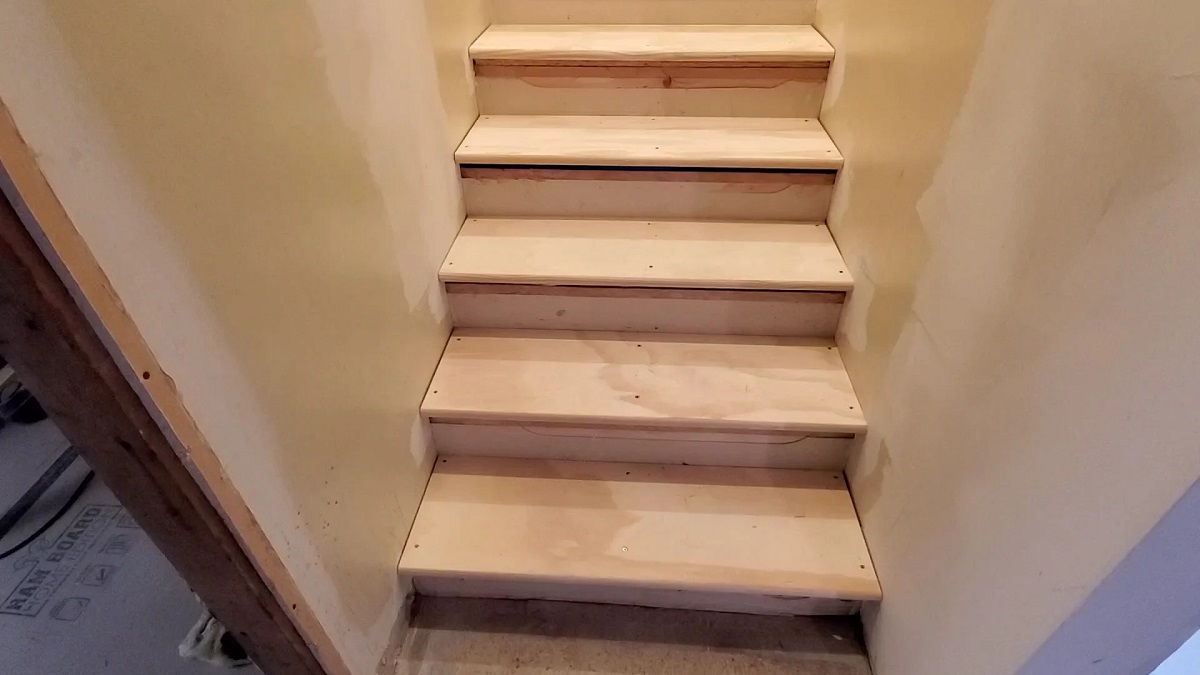

Articles
How To Fix Uneven Stairs
Modified: October 22, 2024
Learn effective techniques and expert tips to fix uneven stairs with our comprehensive articles. Enhance the safety and aesthetics of your staircase today!
(Many of the links in this article redirect to a specific reviewed product. Your purchase of these products through affiliate links helps to generate commission for Storables.com, at no extra cost. Learn more)
Introduction
Uneven stairs can be a frustrating and potentially dangerous problem in any home or building. Not only do they pose a tripping hazard, but they can also affect the overall aesthetics and functionality of your staircase. Whether you have just noticed a slight imbalance in your stairs or they are noticeably uneven and causing discomfort, it’s important to address the issue promptly to ensure the safety and convenience of everyone who uses the staircase.
In this article, we will discuss the common causes of uneven stairs, how to assess the severity of the problem, the tools and materials needed for the fix, and provide a step-by-step guide to help you fix uneven stairs. We will also explore alternative methods for addressing the issue and highlight the safety precautions that should be taken during the repair process.
By following these guidelines and taking necessary precautions, you can restore the stability and appearance of your stairs, ensuring they provide a safe and comfortable passage for all users.
Key Takeaways:
- Identifying the root cause of uneven stairs is crucial for effective repairs and preventing future issues. Consult a professional for structural concerns to ensure a safe and lasting solution.
- Prioritize safety when fixing uneven stairs by using protective gear, working in well-lit areas, and following proper tool usage. Take breaks and consult professionals for complex repairs.
Read more: How To Fix Uneven Bali Blinds
Common Causes of Uneven Stairs
Uneven stairs can stem from various factors, including age, wear and tear, improper installation, and structural issues. Understanding the root cause of the problem is crucial as it will determine the appropriate fix. Here are some common causes of uneven stairs:
- Settling Foundation: Over time, the ground underneath your home may shift, causing the foundation to settle unevenly. This can result in a shift in the stairs and create an uneven surface.
- Warped or Damaged Boards: Moisture, temperature fluctuations, or physical damage can cause the stair boards to warp or become damaged. When this happens, the stairs may become uneven and unstable.
- Loose or Unevenly Installed Steps: Improper installation of stair treads or risers can lead to uneven stairs. If they were not securely fastened or were not aligned properly during installation, they can shift and become uneven over time.
- Worn Out or Shifting Subfloor: The subfloor beneath the stairs can deteriorate over time or shift due to moisture or structural issues. This can cause the stairs to become uneven and may require addressing the underlying subfloor problem as well.
- Structural Instability: In some cases, uneven stairs may be a result of a larger structural issue in your home. This could be due to weak or damaged support beams, columns, or walls that are affecting the stability and alignment of the stairs.
Identifying the cause of your uneven stairs is essential before proceeding with any repairs. This will help you determine the appropriate solution and prevent the issue from recurring in the future. It’s also recommended to consult with a professional if you are unsure about the exact cause or if you suspect a more significant underlying problem.
Assessing the Severity of the Problem
Before you start fixing uneven stairs, it’s important to assess the severity of the problem. This will help you determine the best course of action and the level of repair required. Here are some steps to help you assess the severity:
- Visual Inspection: Begin by visually inspecting the stairs. Look for obvious signs of unevenness such as gaps between the treads and risers, noticeable slopes, or any visible damage that may be contributing to the problem.
- Use a Level: Place a level on each step to check for any significant deviations. If the bubble on the level doesn’t remain centered, it indicates unevenness in the step.
- Walk the Stairs: Take a careful walk up and down the stairs to evaluate how it feels. Pay attention to any shifting or instability as you walk. If you notice excessive bouncing, creaking, or a feeling of unsteadiness, it indicates a more serious problem.
- Measure the Risers and Treads: Use a tape measure to measure the height of each riser and the depth of each tread. Compare the measurements to ensure they are consistent. Any significant variations can contribute to the unevenness of the stairs.
- Check for Loose or Damaged Components: Inspect each step for loose or damaged components such as loose treads, missing nails or screws, or cracked boards. These issues may need to be addressed in addition to the overall unevenness.
Based on your assessment, you can determine whether the problem is minor, requiring simple repairs, or if it is more severe, necessitating professional intervention. It’s important to remember that tackling major structural issues may be beyond the scope of a DIY project and could require the expertise of a licensed contractor or structural engineer.
Assessing the severity of the problem will not only guide you in choosing the appropriate repair methods but also ensure the safety and longevity of your staircase in the long run.
Tools and Materials Needed
Before you embark on fixing uneven stairs, it’s important to gather the necessary tools and materials to ensure a smooth and successful repair. Here are the key items you will need:
Tools:
- Hammer
- Screwdriver
- Nail set
- Level
- Tape measure
- Circular saw or jigsaw
- Chisel
- Wood glue
- Drill
- Clamps
- Safety goggles
Materials:
- New stair treads (if needed)
- New risers (if needed)
- Construction adhesive
- Screws/nails
- Wood filler
- Sanding materials (sandpaper, sanding block)
- Paint or stain (if desired)
- Protective finish (polyurethane, varnish, etc.)
These tools and materials should cover the basic requirements for most common stair repair projects. However, depending on the specific issues you encounter, you may require additional tools or materials. It’s always a good idea to inspect the stairs thoroughly and have any specific repair needs in mind when gathering your supplies.
Remember to prioritize safety when working with tools and materials. Wear protective goggles to shield your eyes from any flying debris and use caution when handling sharp objects and power tools. Additionally, follow manufacturer instructions for any adhesives, paints, or finishes that you use.
By having the necessary tools and materials prepared ahead of time, you can minimize interruptions during the repair process and complete the job efficiently.
Check the riser height and tread depth of each step. If they vary, adjust by adding or removing material to create uniformity. Use a level to ensure each step is even.
Step-by-Step Guide to Fixing Uneven Stairs
Fixing uneven stairs may seem like a daunting task, but with the right approach, it can be successfully accomplished. Here is a step-by-step guide to help you through the process:
- Assess the Cause: Before making any repairs, identify the underlying cause of the unevenness. This will guide you in determining the appropriate solution and prevent future recurrence.
- Remove Damaged Components: If any stair treads or risers are damaged or loose, carefully remove them using a screwdriver or hammer. Be sure to save any salvageable pieces for potential reinstallation.
- Prepare the Stairs: Clean the area where the damaged components were removed. Use a chisel or scraper to remove any old adhesive or debris from the stair stringers and the neighboring treads and risers.
- Measure and Cut Replacement Components: Measure the dimensions of the new stair treads or risers and mark those measurements on the replacement pieces. Use a circular saw or jigsaw to carefully cut the new components to the desired size.
- Apply Adhesive: Apply a generous amount of construction adhesive to the back of the new treads or risers, ensuring to spread it evenly. Press them firmly against the stringers or existing structure, ensuring a secure and tight fit.
- Secure the Components: Use a drill to insert screws or nails through the new components into the stringers or existing structure. This will ensure a strong and stable attachment. Be sure to countersink the screws or nails to prevent them from protruding and causing tripping hazards.
- Fill and Sand: Fill any gaps or holes with wood filler and allow it to dry. Once dry, sand the repaired areas until smooth and flush with the surrounding surfaces. This will provide a seamless finish.
- Paint or Stain: If desired, apply a coat of paint or stain to the repaired components to match the rest of the staircase. Allow sufficient drying time before proceeding.
- Apply Protective Finish: Apply a protective finish, such as polyurethane or varnish, to the repaired areas. This will help protect the wood from moisture, wear, and tear, ensuring the longevity of your repairs.
- Regular Maintenance: Regularly inspect your stairs for any signs of damage or wear. Address any issues promptly to prevent more significant problems from arising in the future.
This step-by-step guide provides a general overview of the process of fixing uneven stairs. It’s important to note that specific repair techniques may vary depending on the cause and severity of the unevenness. When in doubt, consult a professional for guidance or assistance.
Remember to follow all safety precautions, work at a comfortable pace, and take breaks as needed. With proper planning and execution, you can restore the stability and aesthetic appeal of your stairs, ensuring a safe and enjoyable user experience.
Read more: How To Fix An Uneven Concrete Floor
Alternative Methods for Fixing Uneven Stairs
While the step-by-step guide provided earlier outlines the conventional method for fixing uneven stairs, there are alternative approaches you can consider depending on the specific circumstances. These alternative methods may be suitable for minor issues or temporary fixes. Here are a few options:
- Shimming: Shimming involves inserting thin pieces of material, such as plywood or plastic shims, beneath the existing staircase components to level them. This method is best suited for minor leveling adjustments.
- Sanding: If the unevenness is minimal and caused by slight variations in the height of the stair treads, sanding them down can help create a more even surface. However, this method should be approached with caution to avoid compromising the structural integrity of the steps.
- Using Angle Brackets: Angle brackets can be installed at the junctions of the stair treads and risers to reinforce and stabilize the staircase. This method is particularly useful when the unevenness is caused by loose or shifting components.
- Adding Stair Nosing: Stair nosing is a specialized trim that can be installed at the edge of each tread to create a uniform appearance and provide additional support. This method is especially effective for disguising minor unevenness and improving safety.
- Replacing Individual Components: If only a few treads or risers are significantly uneven, you may consider replacing these specific components rather than the entire staircase. This approach is more cost-effective and time-efficient.
It’s important to note that these alternative methods may not be suitable for all cases of uneven stairs. They are best used for minor issues or as temporary fixes until a more comprehensive repair can be performed. If you have concerns about the stability or safety of your staircase, it’s advisable to consult with a professional to determine the appropriate solution.
Remember, the goal is to ensure the safety and stability of your stairs while maintaining their functionality and visual appeal. Evaluate the pros and cons of each alternative method and choose the one that best suits your specific situation.
Safety Precautions
When undertaking any project involving stairs, it’s essential to prioritize safety to prevent accidents or injuries. Here are some important safety precautions to keep in mind while fixing uneven stairs:
- Use Protective Gear: Wear safety goggles to protect your eyes from debris and use gloves to safeguard your hands while handling tools and materials.
- Ensure Stability: Before starting any repairs, make sure the stairs are stable and secure. Avoid working on stairs that are significantly unstable or wobbly.
- Work in a Well-lit Area: Proper lighting is crucial for visibility and accurate execution of repairs. Make sure you have adequate lighting to avoid accidents and ensure precision.
- Secure the Area: Close off the area where you will be working to prevent others from accidentally accessing the stairs. Communicate with household members or occupants to ensure their safety during the repair process.
- Use Tools Properly: Familiarize yourself with the proper usage of tools and equipment. Follow manufacturer guidelines and exercise caution to prevent injuries. Keep tools out of reach of children or inexperienced individuals.
- Watch Your Step: Pay attention to your footing while walking on the stairs, especially during repairs. Always have a secure grip on the stairs and be mindful of any potential tripping hazards.
- Work at a Comfortable Pace: Avoid rushing through the repairs and take regular breaks to prevent fatigue. Working tired can lead to mistakes and accidents.
- Follow Codes and Regulations: Ensure that your repairs adhere to local building codes and regulations. This will help maintain the safety and compliance of your staircase.
- Consult with Professionals: If you are unsure or inexperienced in handling repairs, consider consulting with a professional contractor or structural engineer. They can provide expert guidance and assistance to ensure a safe and effective repair.
Remember, your safety and the safety of others should always be the top priority. By following these safety precautions and using common sense, you can reduce the risk of accidents and create a secure environment while fixing uneven stairs.
Conclusion
Uneven stairs can be a source of frustration and potential danger in any home or building. However, with the right knowledge, tools, and approach, you can successfully fix this issue and restore the stability, safety, and visual appeal of your staircase.
In this article, we discussed the common causes of uneven stairs, how to assess the severity of the problem, the tools and materials needed, and provided a step-by-step guide to help you fix the unevenness. We also explored alternative methods for addressing the issue and highlighted safety precautions to ensure a secure working environment.
It is important to identify the underlying cause of the uneven stairs before proceeding with any repairs. This will help you determine the appropriate solution and prevent future recurrence. If you are unsure or dealing with significant structural issues, consulting with a professional is highly recommended.
Throughout the repair process, always prioritize safety by using protective gear, working in well-lit areas, and taking precautionary measures. Follow proper usage of tools and equipment, and work at a comfortable pace. If needed, consult local building codes and seek professional guidance to ensure compliance.
Fixing uneven stairs not only improves the safety and functionality of your staircase but also enhances the overall aesthetics of your home or building. By addressing this problem promptly and effectively, you can create a secure and visually appealing stairs for yourself and your loved ones to enjoy.
Remember, if you are unsure or uncomfortable with any aspect of fixing uneven stairs, it’s always best to seek professional assistance. With the right approach and care, you can achieve a stable and beautiful staircase that will provide years of safe use.
Now that you've got a handle on fixing uneven stairs, why not broaden your handyman skills even further? For those eager to tackle more around the house, our guide on home repair provides practical advice and essential tactics. And if you're keen to customize your space with unique touches, dive into our DIY home improvement steps. Both articles are packed with actionable insights, ensuring your projects not only look great but also stand the test of time. Start transforming your home into a more comfortable and appealing space today!
Frequently Asked Questions about How To Fix Uneven Stairs
Was this page helpful?
At Storables.com, we guarantee accurate and reliable information. Our content, validated by Expert Board Contributors, is crafted following stringent Editorial Policies. We're committed to providing you with well-researched, expert-backed insights for all your informational needs.
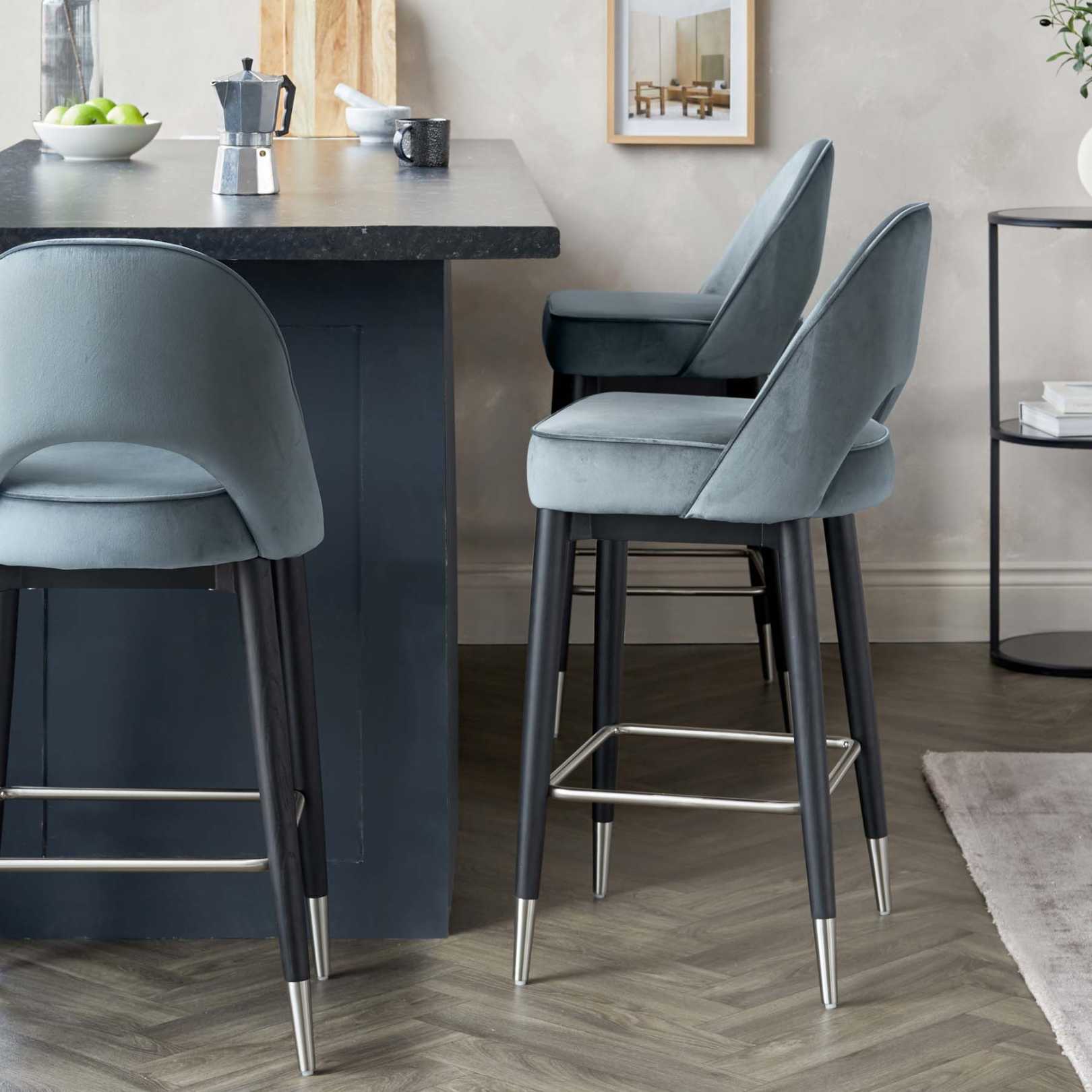
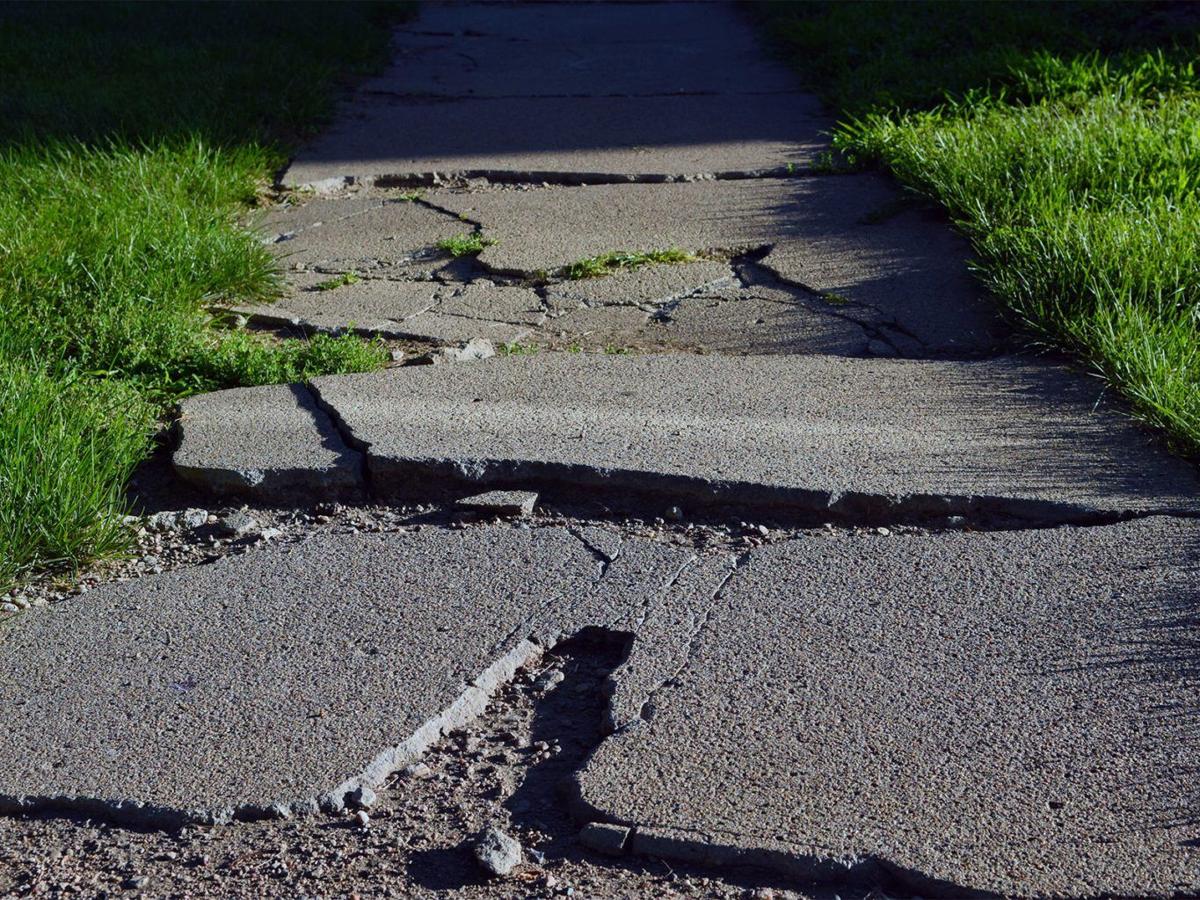
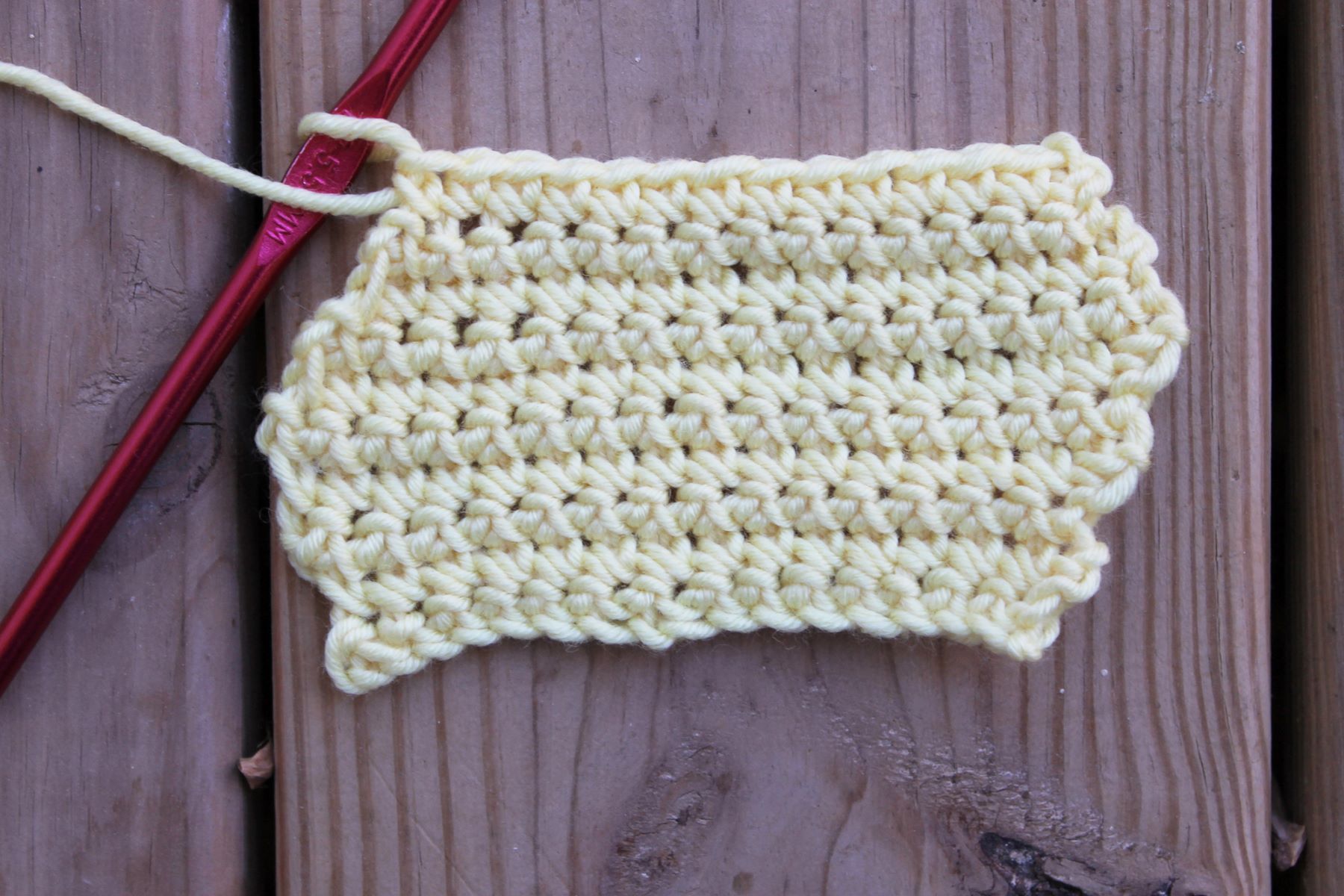
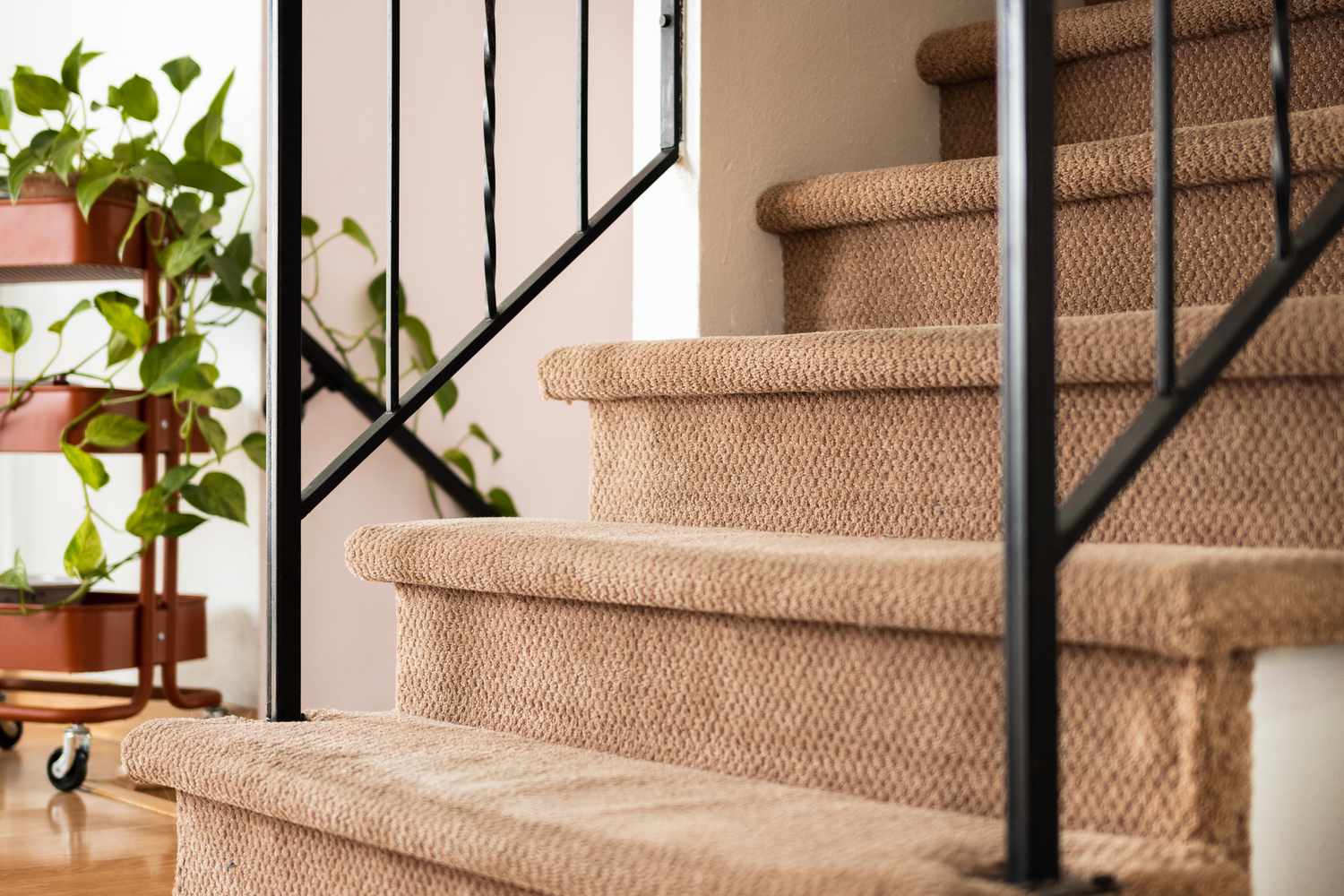
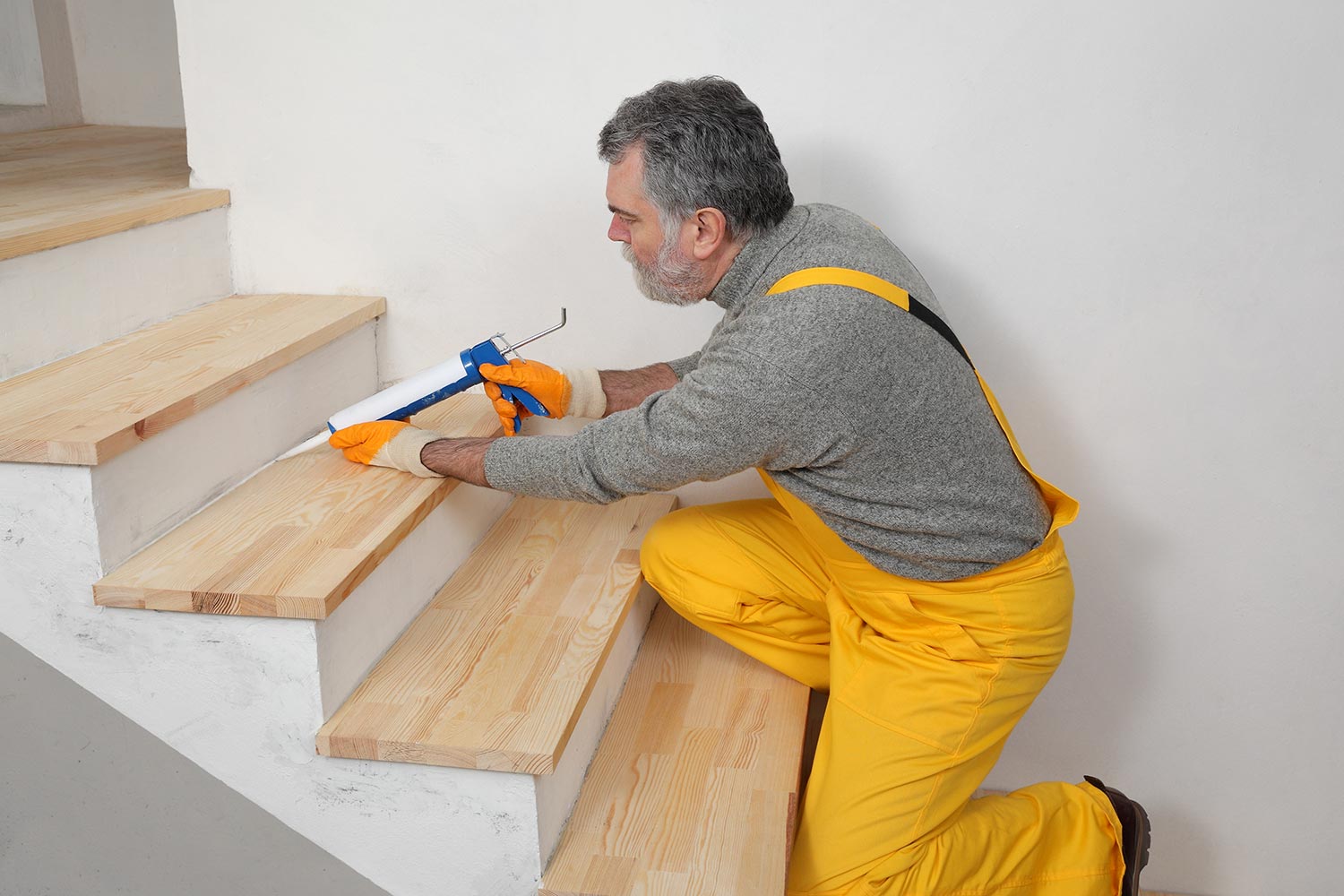
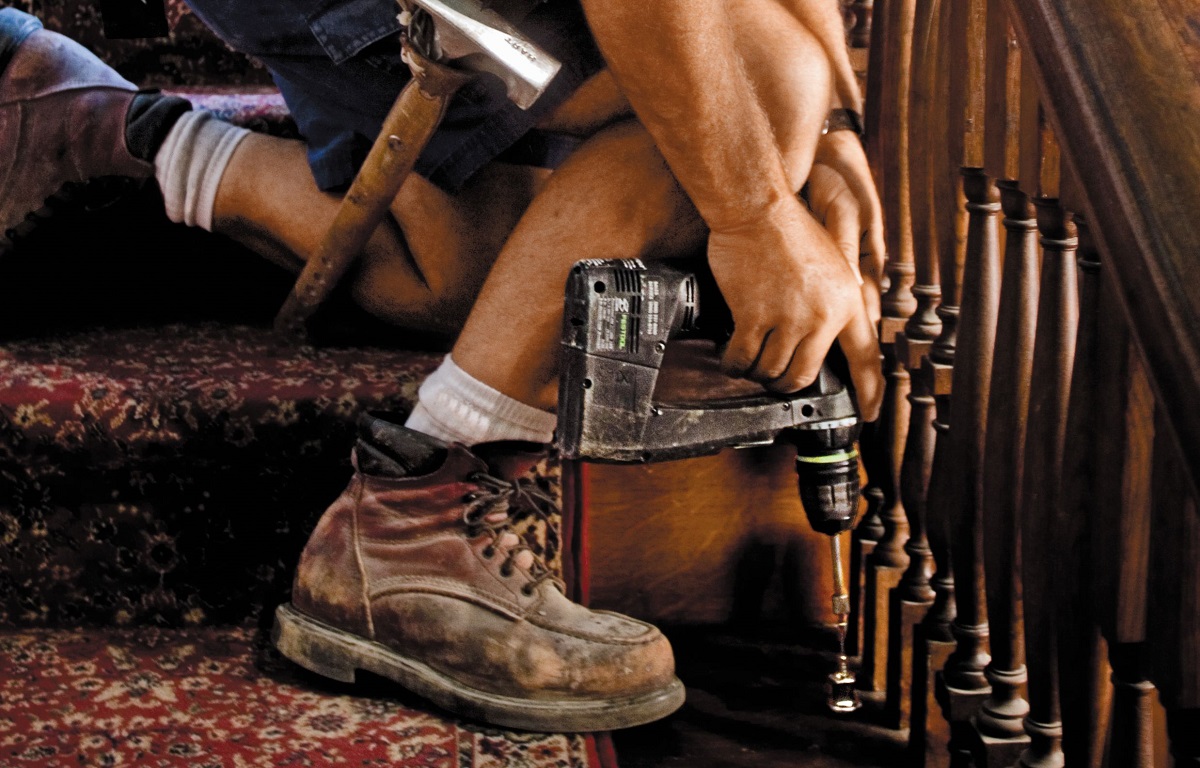
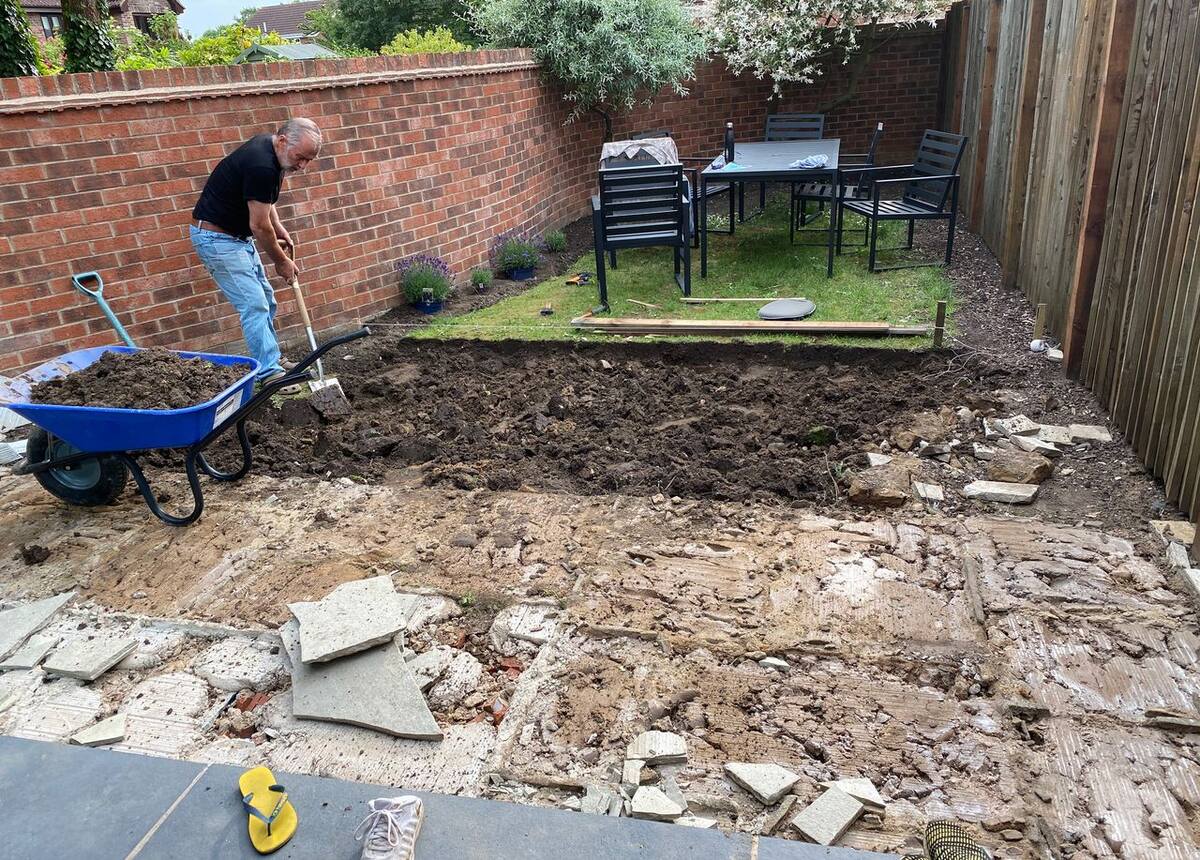
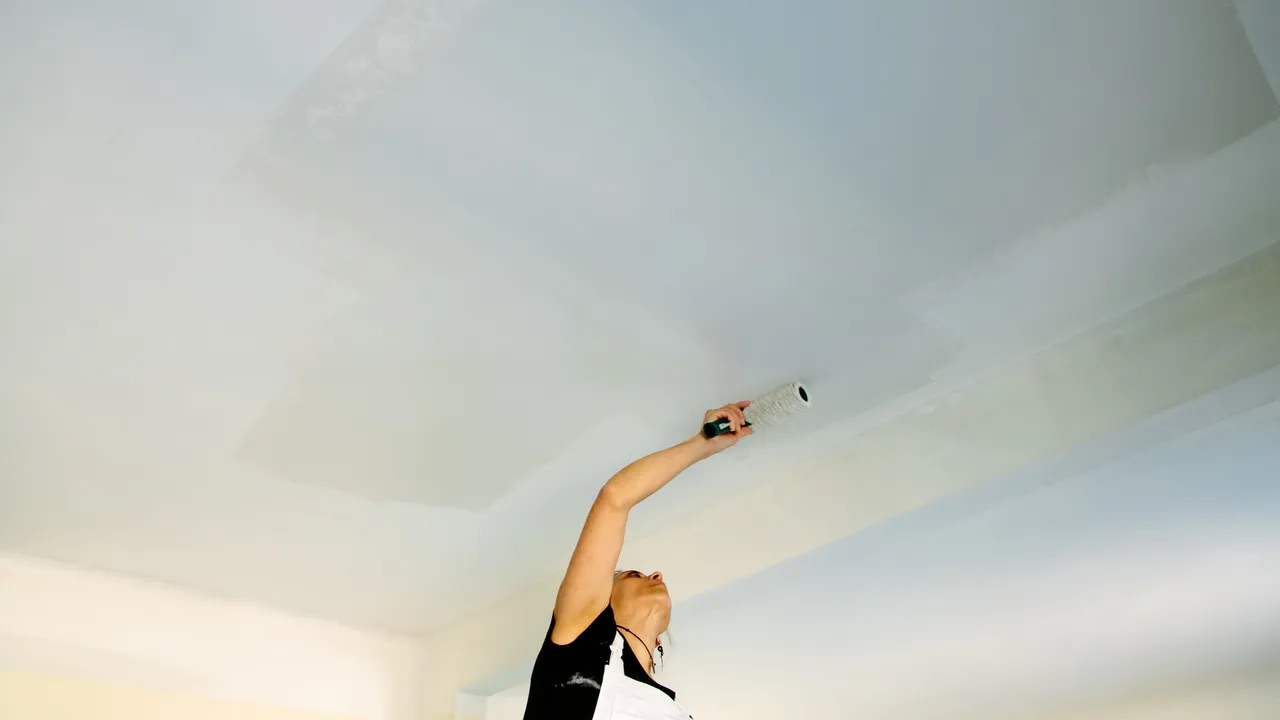
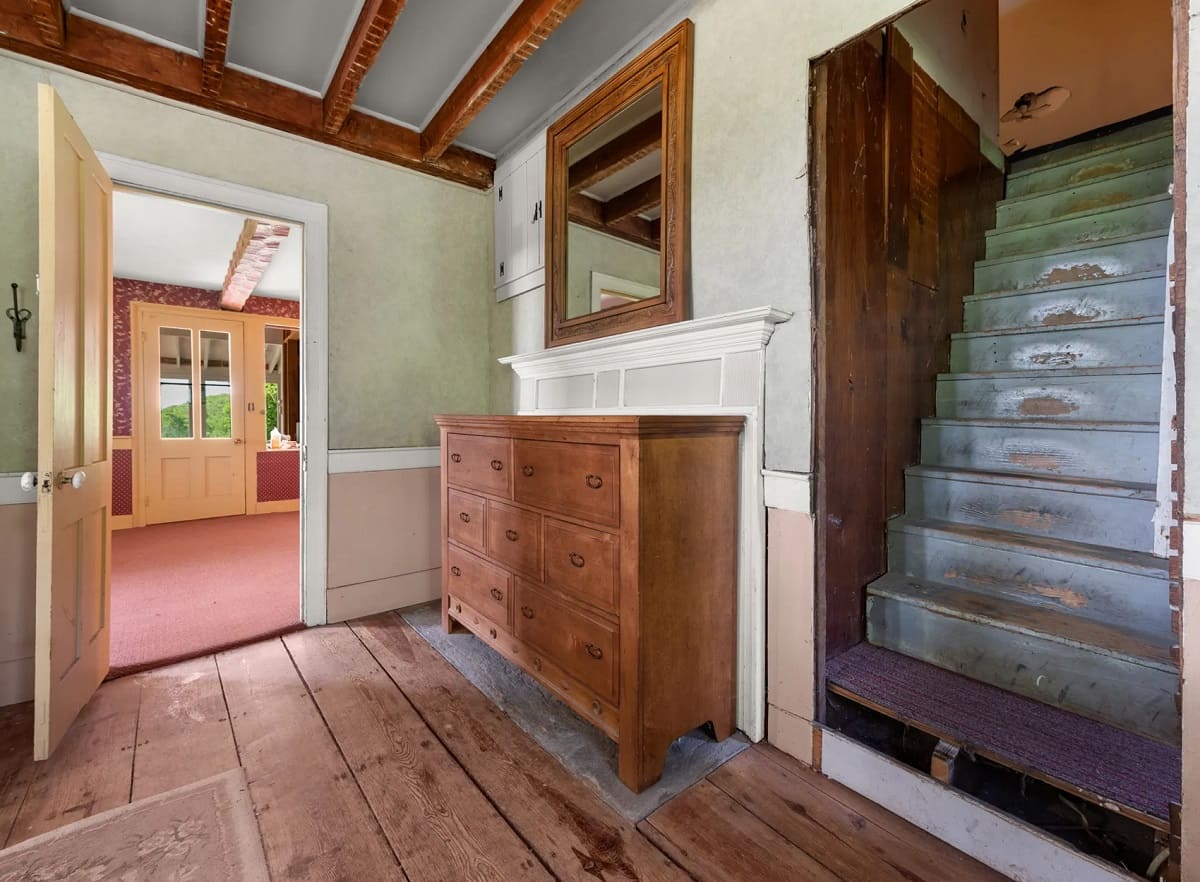
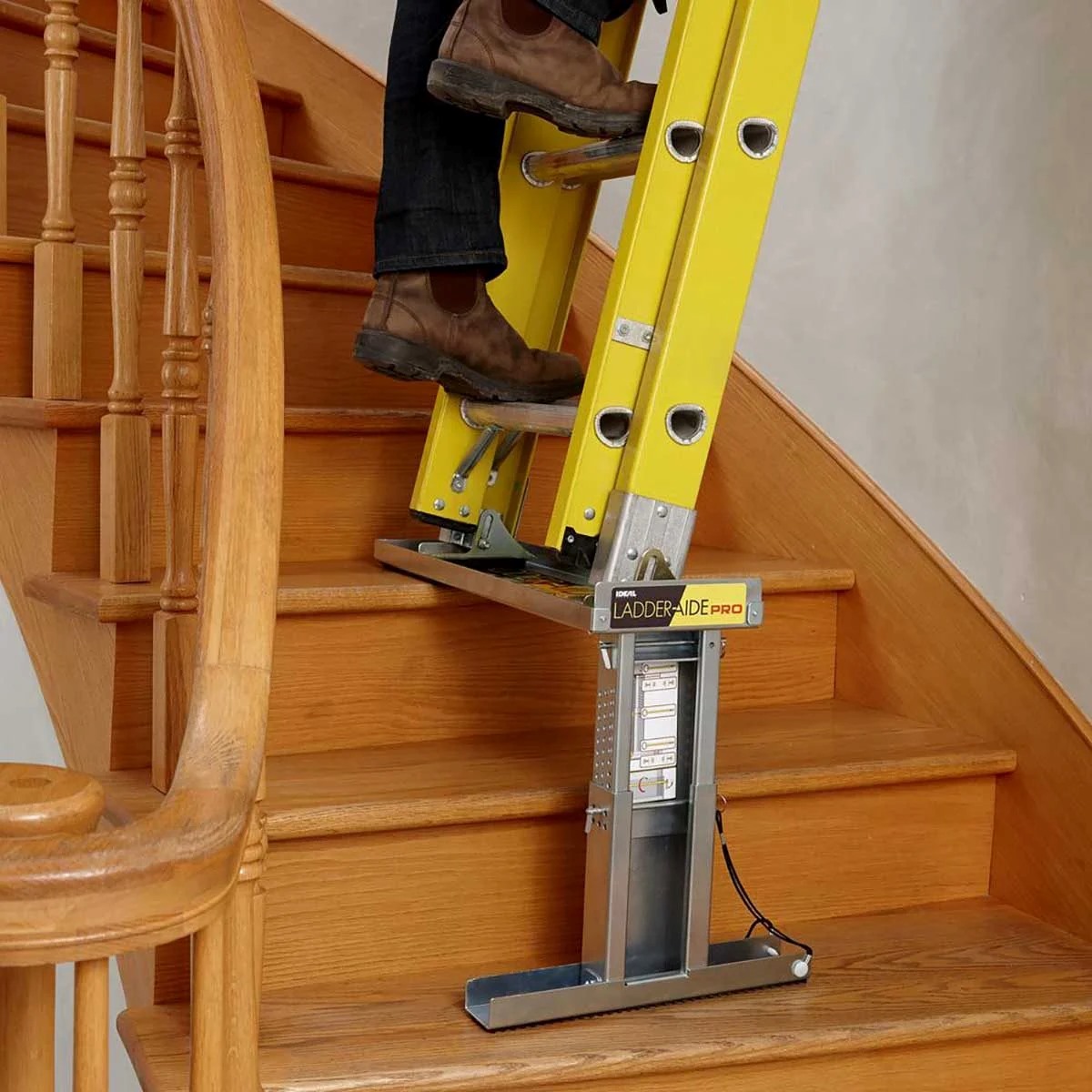

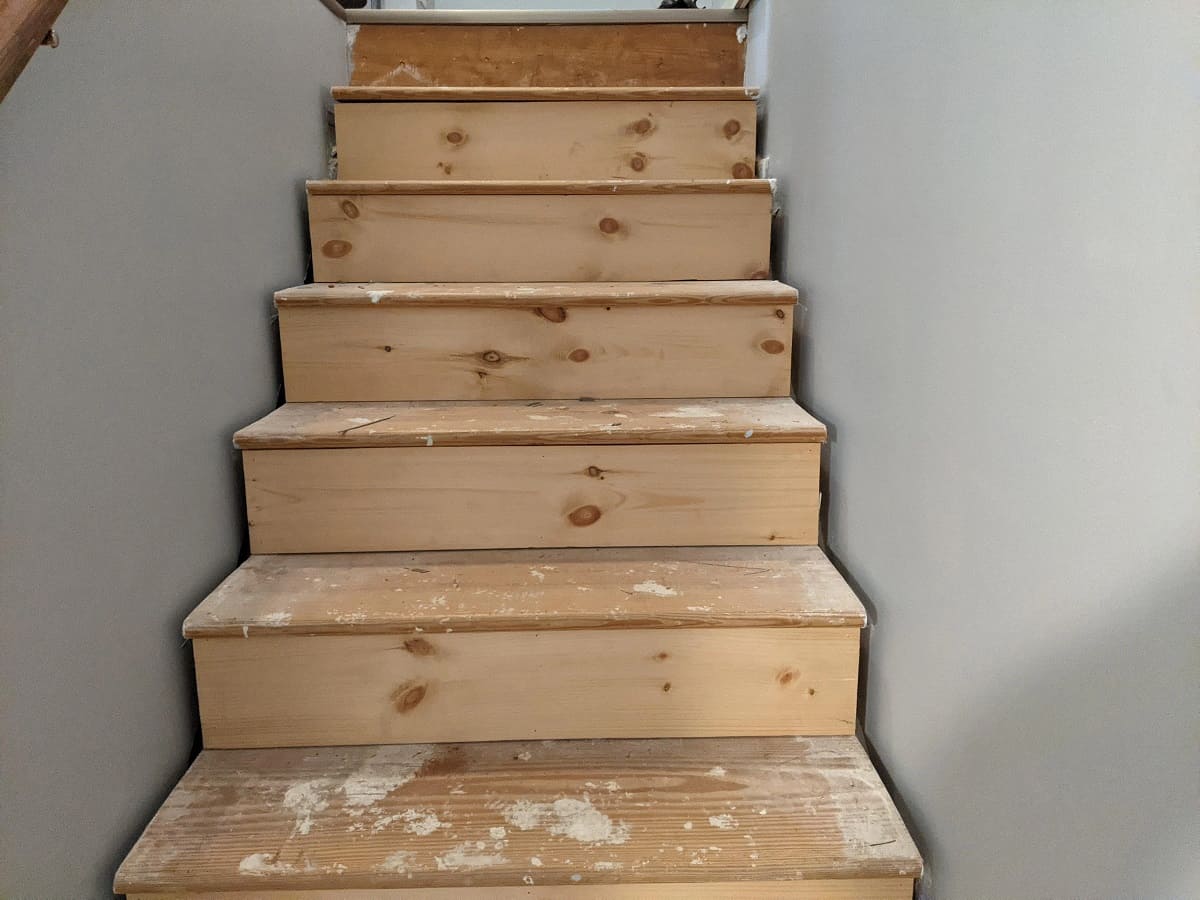
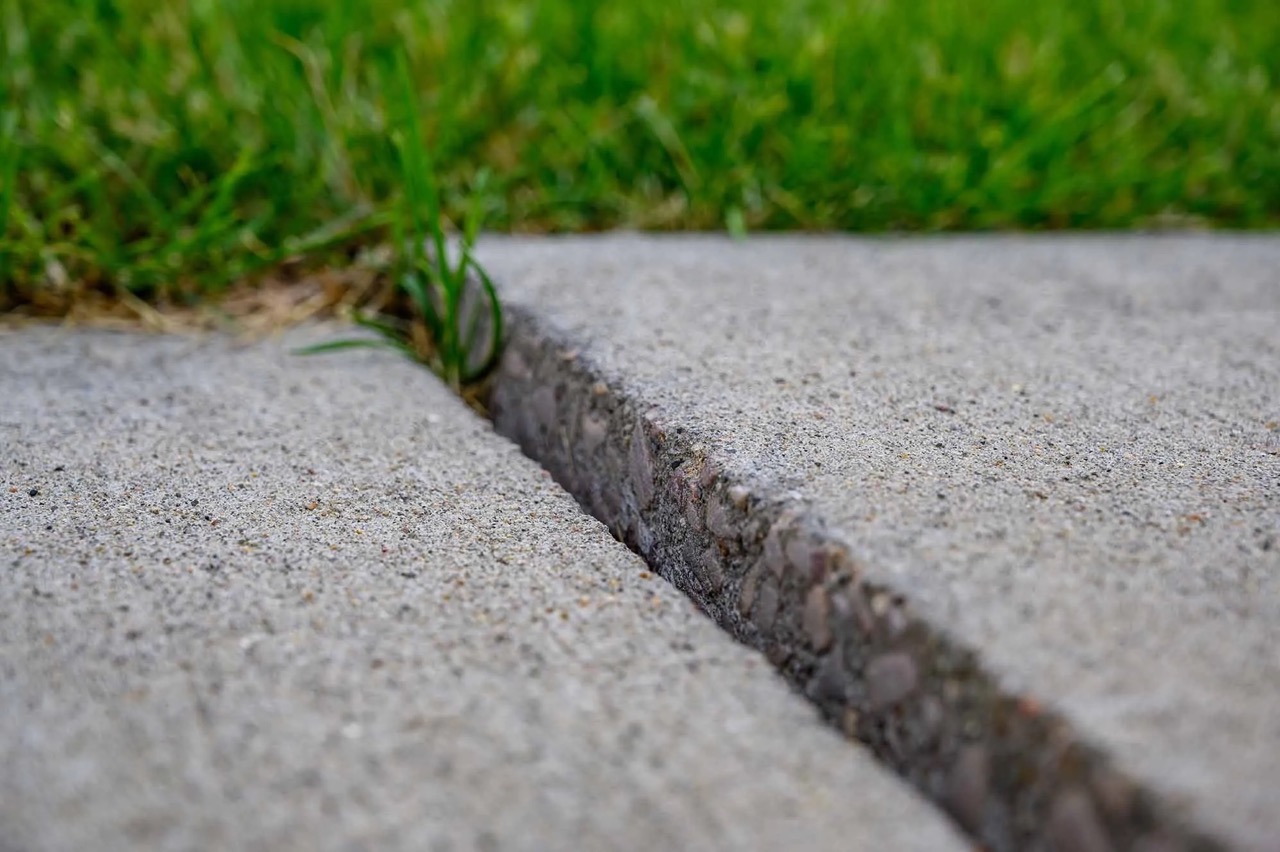
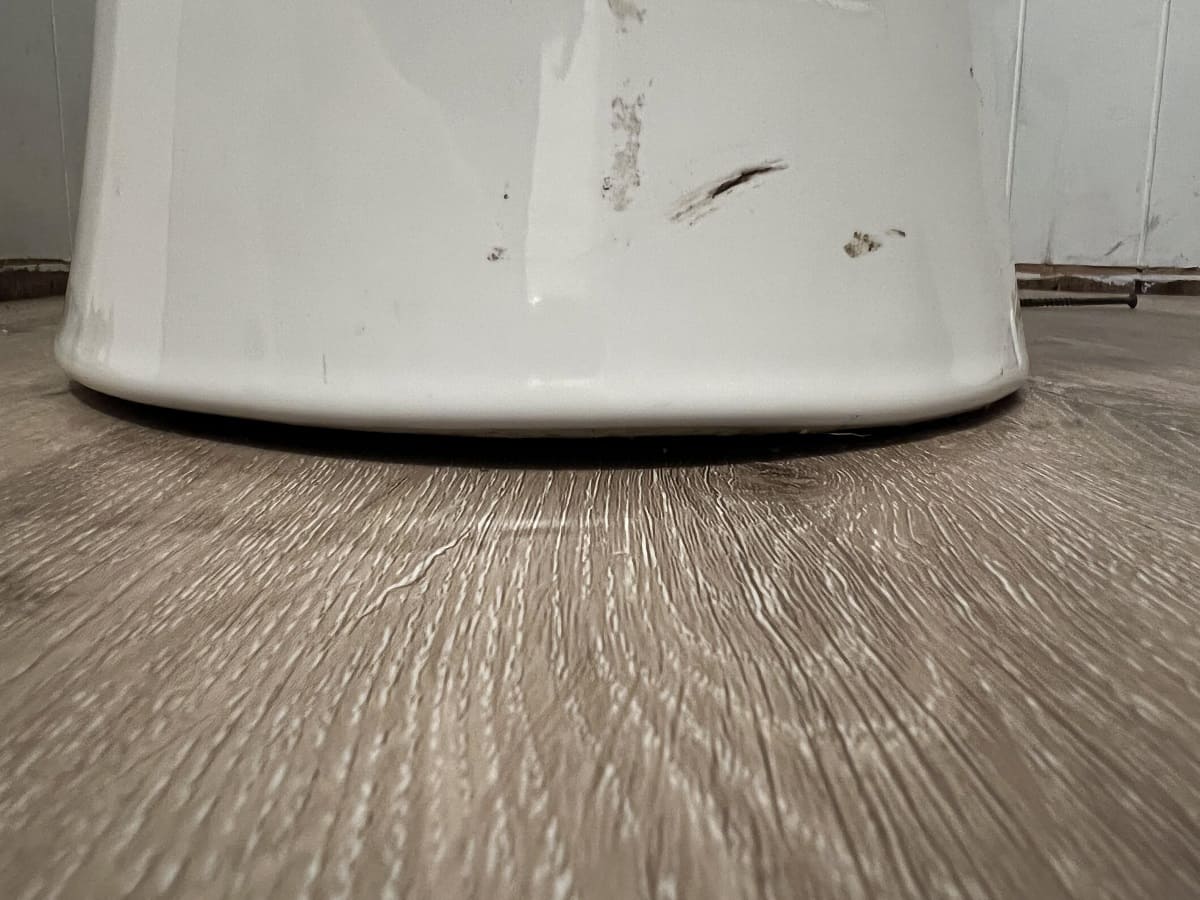

0 thoughts on “How To Fix Uneven Stairs”